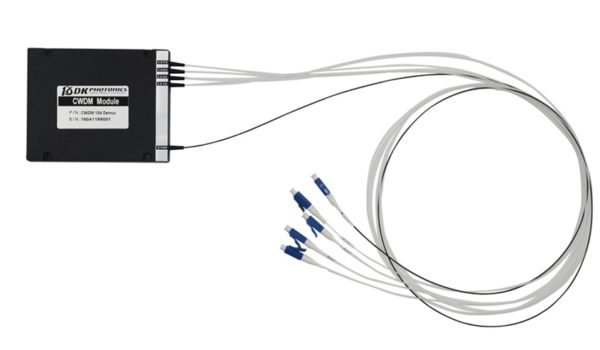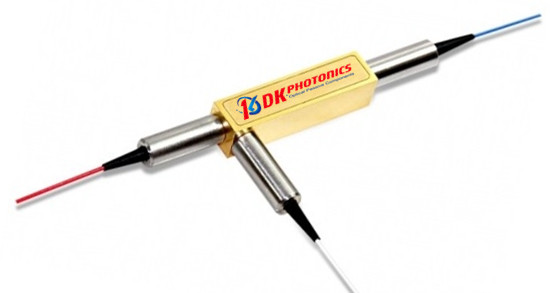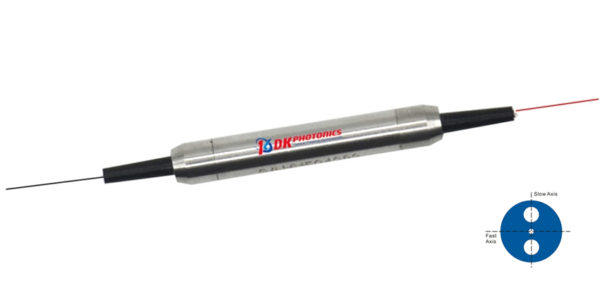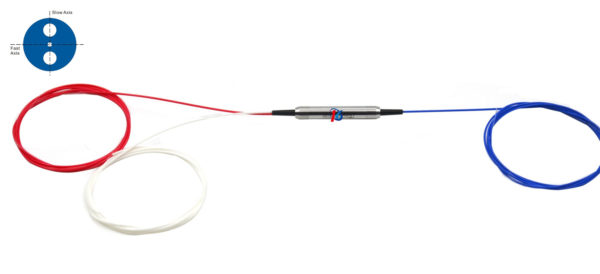An optical coupler is one of the most commonly used devices in the telecommunication and electronic industry. Since its introduction, it has become an extremely important component in various phonic devices and systems. It is widely used for coupling or splitting light waves through waveguides or fibers and can be availed in the form of either active or passive devices. The main difference between active and passive couplers is that the passive coupler redistributes the optical signal without converting optical signals into electrical form. On the other hand, active couplers split or combine the signal electrically and make use of fiber optic detectors and sources for input and output.
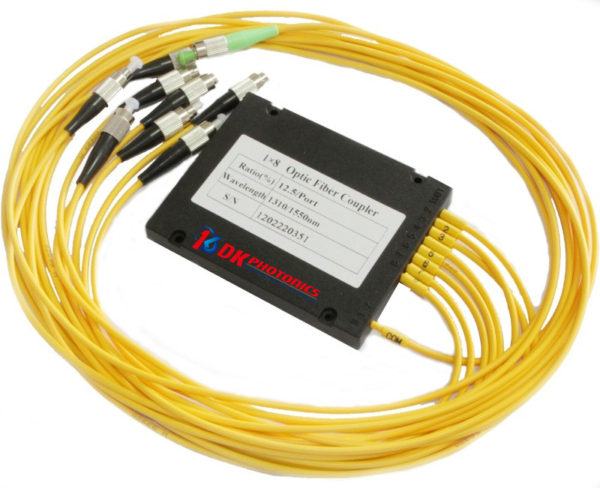
A basic fiber optical coupler usually contains N input ports and M output ports and their value typically ranges from 1 to 64. However, in general, they are available with four ports and their functioning relies on the coupling distributed between two separate waveguides placed in close proximity. It results in a gradual power transfer between the modes that are supported by two waveguides.
The working principle is quite simple of these couplers. When the light enters from one of the input ports, it will be split between two output ports. The remaining second input port also functions in the same way. Sometimes, one of the input ports remains unused. In this case, the fiber optical coupler acts as a Y or T coupler (where Y or T depicts the form of transmission route).
Since fiber optical coupler can couple or split the light, it can be also be called fiber optic splitter. In fact, splitter name is used due to the function of device and coupler name is used for it its working principle. Nowadays, the most common types of fiber optical coupler are optical fused coupler and planar light wave circuit (PLC) splitter.
Optical Fused Coupler
Also called fused fiber optical coupler, it is formed on the basis of fused biconical taper (FBT) technology. Therefore, it is also known as FBT coupler. Generally, it is available to work on three different operating bandwidths such as 850 nm, 1310nm and 1550nm. However, it can also be ordered to manufacture for operating on other bandwidth values. Its remarkable features are low excess loss, low PDL, excellent reliability and high stability.
Planar Lightwave Circuit (PLC) Splitter
PLC splitter is especially designed to manage the optical power signals via splitting and routing. It offers reliable light distribution and is manufactured based on planar lightwave circuit technology. When compared with optical fused coupler which is available at lower cost, this splitter has a wider operating wavelength range varying from 1260nm to 1620nm and wider temperature range from -40ºC to +85ºC. It is also widely known for better uniformity, higher reliability, and smaller size.
These days, a typical fiber optical coupler is widely used to support FTTX (FTTP, FTTH, FTTC, and FTTN), passive optical networks (PON), local area networks (LAN), CATV systems, amplifying, monitoring systems and test equipment. Nonetheless, no matter for which application you need to use an optical fused coupler or PLC splitter, it is always beneficial to look for high quality devices, as their performance greatly varies with the material and their construction. So, when it comes to buying fiber optical coupler, you should always choose a copper-bottomed company.
